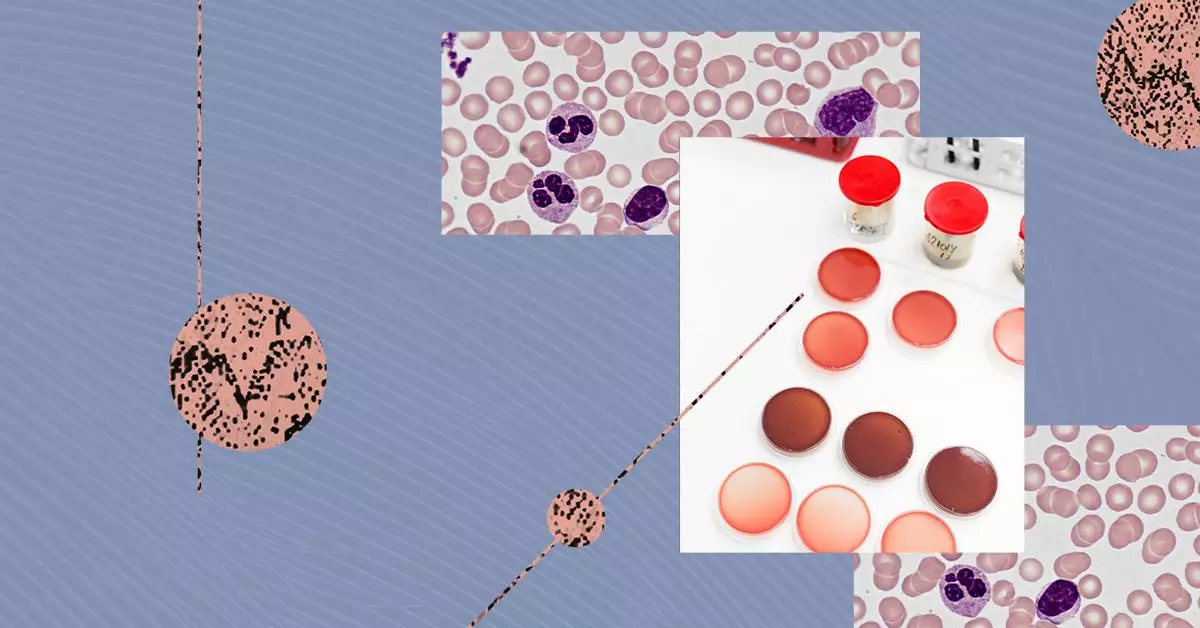Multiple myeloma (MM) stands as a complex and multifaceted malignancy characterized by the uncontrolled proliferation of abnormal plasma cells. Plasma cells are a critical component of the immune system, responsible for producing antibodies that help fend off infections. However, when these cells turn malignant, they undergo changes that significantly disrupt normal blood and bone marrow functions. This article seeks to delineate the various types of multiple myeloma, discuss related plasma cell disorders, and explore the implications of these distinctions on treatment methodologies.
Multiple myeloma can be categorized into several distinct types, each with specific pathological features and clinical implications. The primary types include typical myeloma, light chain multiple myeloma (LCMM), nonsecretory myeloma (NSM), and IgM myeloma. Each classification is determined based on the immunoglobulin produced by the malignant plasma cells.
The most prevalent form is typical myeloma, which is further subdivided according to the heavy chain type: immunoglobulin G (IgG), immunoglobulin A (IgA), immunoglobulin D (IgD), immunoglobulin E (IgE), and immunoglobulin M (IgM). IgG myeloma emerges as the dominant subtype, with IgA following closely. A lesser-known variant, LCMM, is notable for its aggressive behavior and is often associated with a poorer prognosis. This form occurs when the abnormal plasma cells produce only light chains, specifically leading to the presence of Bence-Jones proteins in urine, named after the doctor who first identified them.
Understanding Nonsecretory Myeloma
Nonsecretory myeloma (NSM) poses unique challenges in diagnosis and monitoring, as it is defined by the absence or extremely low levels of monoclonal proteins in the serum or urine. This relative scarcity of detectable markers complicates the clinical landscape, making it one of the rarer forms of MM, with prevalence estimates ranging between 1% and 5% of all cases. The lack of identifiable markers hinders therapeutic monitoring, often leading to late diagnosis and treatment complications. Due to its rarity and unique characteristics, ongoing research aims to elucidate the biological behavior and treatment options available for patients suffering from NSM.
IgM myeloma constitutes a very rare subtype of MM, comprising less than 0.5% of cases. Clinically, it shares overlapping features with Waldenström macroglobulinemia, a type of lymphoma, complicating differential diagnoses and treatment approaches. The presence of elevated IgM levels can have profound implications for management strategies, as this variant may require a nuanced approach that differs from other forms of MM.
Plasma Cell Disorders and Their Implications
The landscape of plasma cell disorders extends beyond multiple myeloma into related pathologies that can act as precursors or risk factors for developing active disease. Conditions such as smoldering multiple myeloma (SMM) and monoclonal gammopathy of undetermined significance (MGUS) warrant attention, as they represent early forms of abnormal plasma cell proliferation without full-blown malignancy.
SMM is considered an asymptomatic precursor to active MM, characterized by elevated plasma cell counts and monoclonal protein levels without the classic symptoms of manifest disease. While these patients typically do not require immediate intervention, careful monitoring is essential to anticipate and manage potential progression to symptomatic MM.
Monoclonal gammopathy of undetermined significance (MGUS) is another entity wherein abnormal plasma cells exist but with less than 10% infiltration in the bone marrow, without the associated complications of malignancy. Despite being non-cancerous, MGUS increases the risk of developing MM or other hematologic malignancies, requiring regular follow-ups to monitor any changes.
The complexity of multiple myeloma and related disorders necessitates a comprehensive management strategy, highlighted by regular assessments and tailored treatment protocols. Standard care may involve chemotherapy, immunotherapy, and novel agents such as monoclonal antibodies, along with supportive therapies to manage symptoms and complications.
Patients with plasma cell disorders like SMM or MGUS are often managed conservatively with rigorous monitoring, while those with diagnosed MM may require a more aggressive treatment approach. For example, localized conditions such as solitary plasmacytoma may respond favorably to radiation therapy, emphasizing the need for tailored interventions based on the specific type and stage of the disease.
Understanding the various types and behavioral patterns of multiple myeloma and related plasma cell disorders is critical for effective treatment planning and patient management. As research continues to uncover new insights into the biology and progression of these conditions, the medical community must remain vigilant in adapting treatment protocols that reflect the complexities inherent to each subtype of myeloma. This detailed approach can ultimately enhance patient outcomes and prolong survival in an often challenging cancer context.

